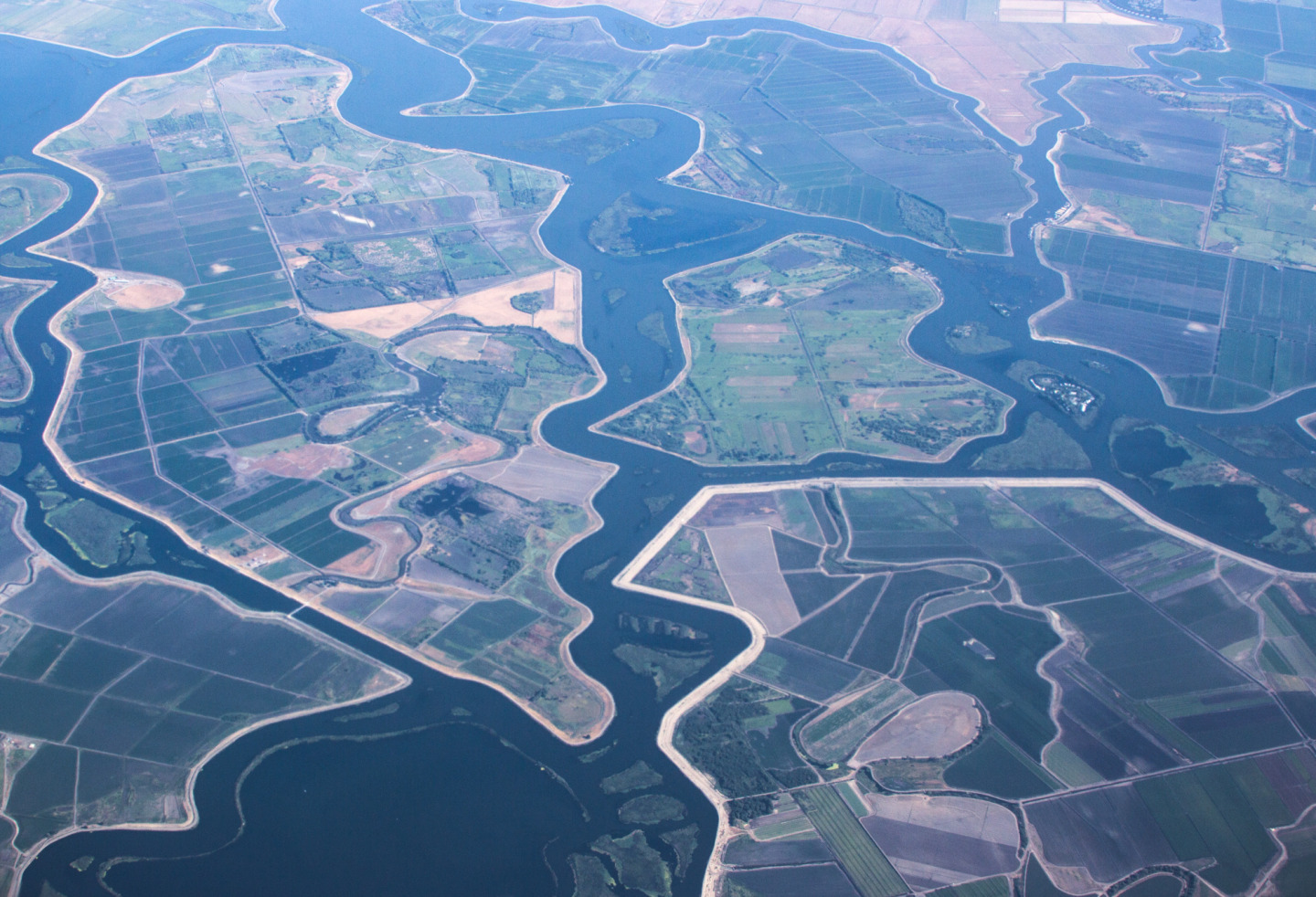"We need to restore habitat in the Delta," Bonham said. "We've known that for a long time. There's no dispute there. Let's get going and do it."
"We can't just cross our fingers, hoping for the best in the Delta," Brown said. "Fish populations are at an all-time low. Bold action is imperative."
But environmental and conservation groups criticized the plan.
Under development for eight years, the Bay Delta Conservation Plan supported by Brown calls for building two underground tunnels, 40 feet across and 30 miles long, to send water from the Sacramento River around the Delta. The water currently irrigates 3 million acres of farmland in the Central Valley and serves 25 million people as far south as San Diego. The projected cost of the tunnels is at least $15 billion.
The plan is designed to stabilize water supplies for cities and farms south of the Delta. But it has drawn strong opposition from delta farmers and environmentalists, who contend that the tunnels will allow saltwater from San Francisco Bay to degrade the delta's water quality and damage habitat for endangered salmon and for the Delta smelt, a small freshwater fish that biologists say is near extinction in the wild.
State officials decided to split their plans for the Delta into two parts — the construction of the tunnels and efforts to restore wildlife habitat along waterways.
"Separating them doesn't change the science," said Barbara Barrigan-Parrilla, executive director of Restore the Delta and a critic of the plan. "The tunnels are going to leave us with a permanent drought in the delta."
Bill Jennings, executive director of California Sportfishing Protection Alliance, said any water transported around the delta will only exacerbate poor water quality.
"Habitat isn't simply acreage," he said. "Habitat is adequate water and water quality."
Only about 5 percent of California's wetlands remain. Restoration projects will return at least some of the freshwater marshes and willow thickets, with trees along the water providing both food and shade to young fish, Bonham said, adding the effort will mark a "decisive break from the obstacles of the past."
The new approach doesn't come with 50-year permits, which was a goal of the previous plan because that would shield central and Southern California water agencies from future cutbacks of delta water for endangered species protection. Bonham said the state couldn't achieve the longer approvals and now is seeking permits of 10 years or less.
Bonham said the scaled-back habitat restoration is more realistic to achieve in the remaining four years of the governor's term. He said it is unclear who will be leading the effort decades from now and what impact climate change will have on California's water picture or environmental regulations.
Funds for the $300 million habitat restoration effort will come from a variety of sources, with $75 million from a water bond voters approved in November, officials said. Between $20 million and $30 million will come from cap-and-trade funds, and the rest will come through state budget allocations.
